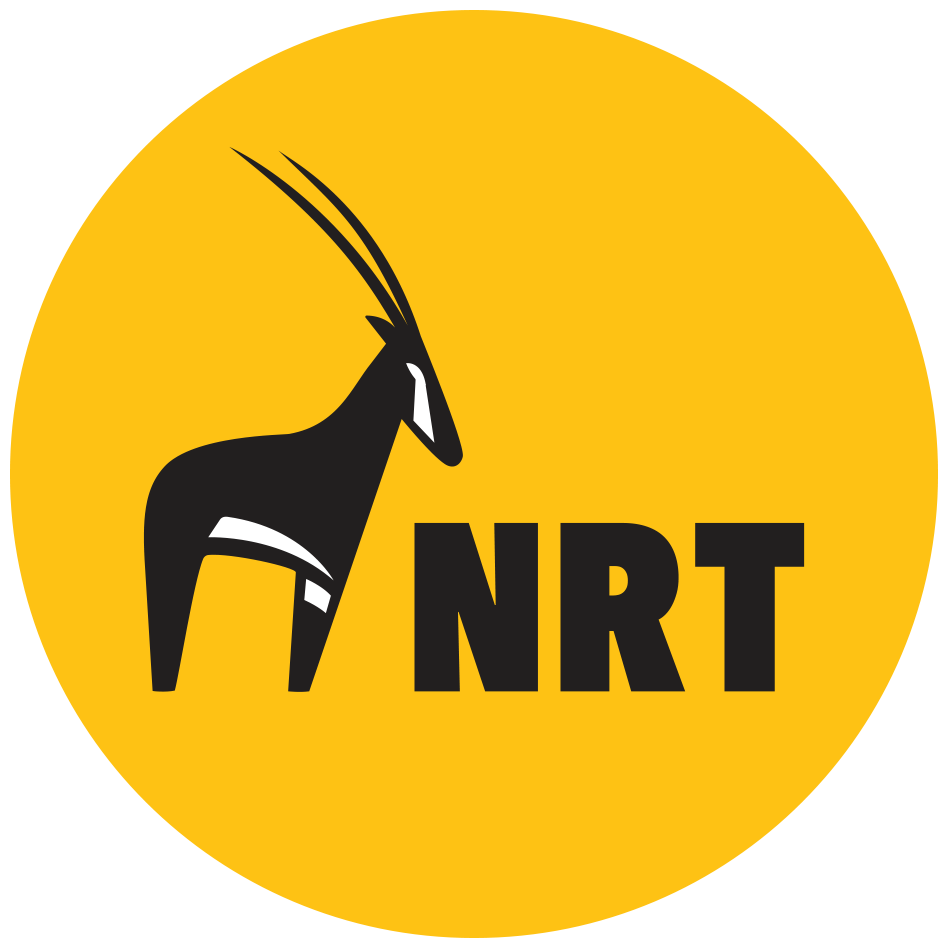Why Carbon?
The Role of the Northern Kenya Rangeland Carbon Project in grassland restoration
The Role of the Northern Kenya Rangeland Carbon Project in Grassland Restoration
Historically, people in northern Kenya moved their livestock across huge territories in search
of pasture.
In recent years, these communities have shifted from nomadic to semi-nomadic / sedentary living, settling in places with permanent water sources, schools, clinics, and other permanent infrastructure. By establishing permanent homesteads, livestock often graze in the same region all year instead of moving seasonally, resulting in overgrazing.
Overgrazing has damaged soils, resulting in a significant reduction in grass that grows back each year. As a result, cattle are becoming less healthy and profitable, and herders are increasingly fighting over limited resources. Overgrazing also harms ecosystems that are crucial for conservation, particularly habitat for endangered wildlife.
Key Activities of the Northern Kenya Rangeland Carbon Project
Rotational Grazing – Theory of Change
Herders are encouraged to take the lead in grassland restoration by banding together and planning and rotating where they graze their livestock. Soil health improves with rotational grazing, resulting in increased plant cover and higher-quality pasture for cattle. Animals in better condition generate more milk and meat and command higher market prices.
Rotational grazing reduces soil erosion and keeps rivers cleaner. It raises surface water levels and causes the soil to store more water, allowing more pasture to grow even in dry seasons. Increased pasture growth results in more carbon being added to the soil, which raises the carbon content in the soil. By obtaining consistent carbon funding, herders can plan and rotate where their livestock graze, leading to the restoration of more than two million hectares of savannah grasslands in an increasingly arid area.
Carbon-rich soils store more water and produce more forage during dry periods. This project assists people in Northern Kenya in adapting to the consequences of climate change and acts as a drought buffer, reducing conflict over pasture and improving peace in this sensitive region.
Village Grazing Committees
Each conservancy has a grazing committee, composed of an elected representative from each of the conservancy's villages/zones.
Each committee meets once a quarter to assess existing grazing plans in light of current conditions





